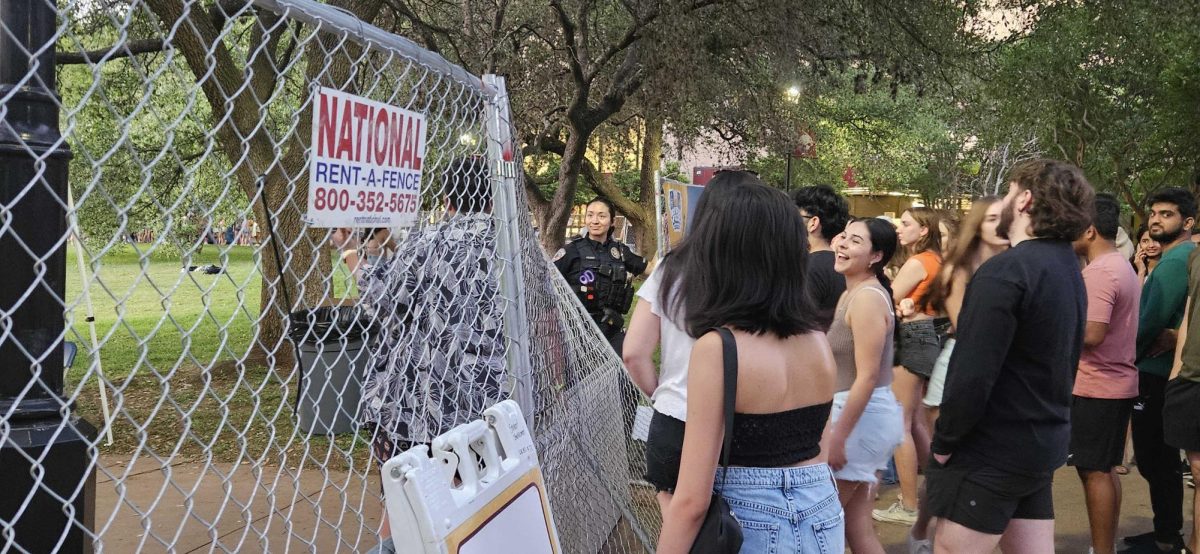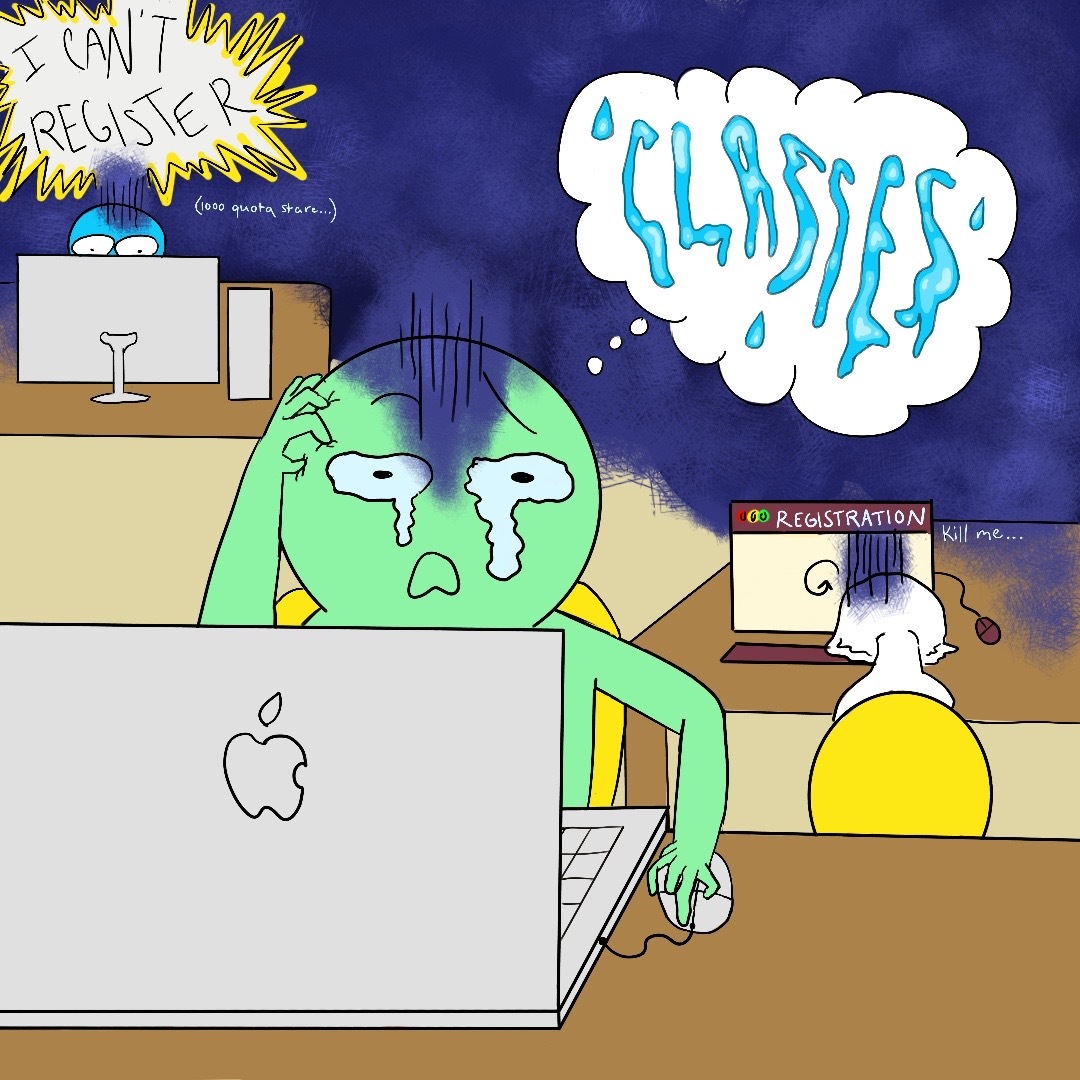The Wildfire app has been falsely advertising itself through student emails as a tool for staying updated on campus safety. Yet realistically, the app is littered with useless information that hides the relevant news students need regarding safety.
If students download and use the Wildfire app, then its purpose needs to be clarified.
It is essential to have a trustworthy source of information when it comes to campus safety. Students rely on the emails received from the school and the local San Marcos Police Department when looking for updates that range from any ongoing activities such as shootings, robberies and sexual assaults. An app such as Wildfire holds potential to make this information more accessible and timelier than these emails.
Wildfire is a newer app that was created in 2015 following a mugging that occurred to the founder, Hriday Kemburu, at the University of California Berkeley campus. He felt the need to have an outlet for students to immediately communicate emergency situations to those nearby. Since then, the app has gained momentum and attention from other news outlets praising it for its mission on helping students stay safe.
Considering the application is not in any way affiliated with the university, these emails should not be going to the students at all. Many universities that are coming across Wildfire have publicly stated that the app is not something they endorse. University police are not trained on this app and the information could very well be entirely false and create a myriad of issues.
The University of Oregon is taking steps to limit public access to student information because they found that many inquiries on the app were counterproductive. For example, students were asking for advice on how to successfully invest with bitcoin. Valid question but incorrect platform.
Wildfire’s main selling point on their website is safety, so when students download it that is the expected function. Yet, anyone within a specific area can post basically whatever they want, whenever they want. Jimmy Johnson, interim associate vice president for University of Texas Campus Safety and Security, even acknowledged there is nothing to validate the apps claim of promoting safety.
Wildfire also claims that they verify the content filtered out by allowing the user to moderate the community. The process seems like a good idea in theory, but anyone with the app knows it is executed poorly. No one categorizes the importance of the comments posted in order to know the most pertinent alerts.
There should be no reason why the users should be simultaneously viewing alerts about gunshots going off in a nearby apartment complex side by side with someone who saw David Dobrik at the square.
Texas State needs to do a better job of filtering the content that is being emailed to students, or Wildfire needs to allow for the user to choose what information they would like to view and rebrand. Texas State students are assuming it is only for safety because that is misconstrued in the targeted promotional emails.
The Wildfire app has potential for being an essential tool for students maneuvering campus safety. However, until changes are made and the app hones a more consistent brand image, it is useless.
-Haley Schmidt is an English senior





















